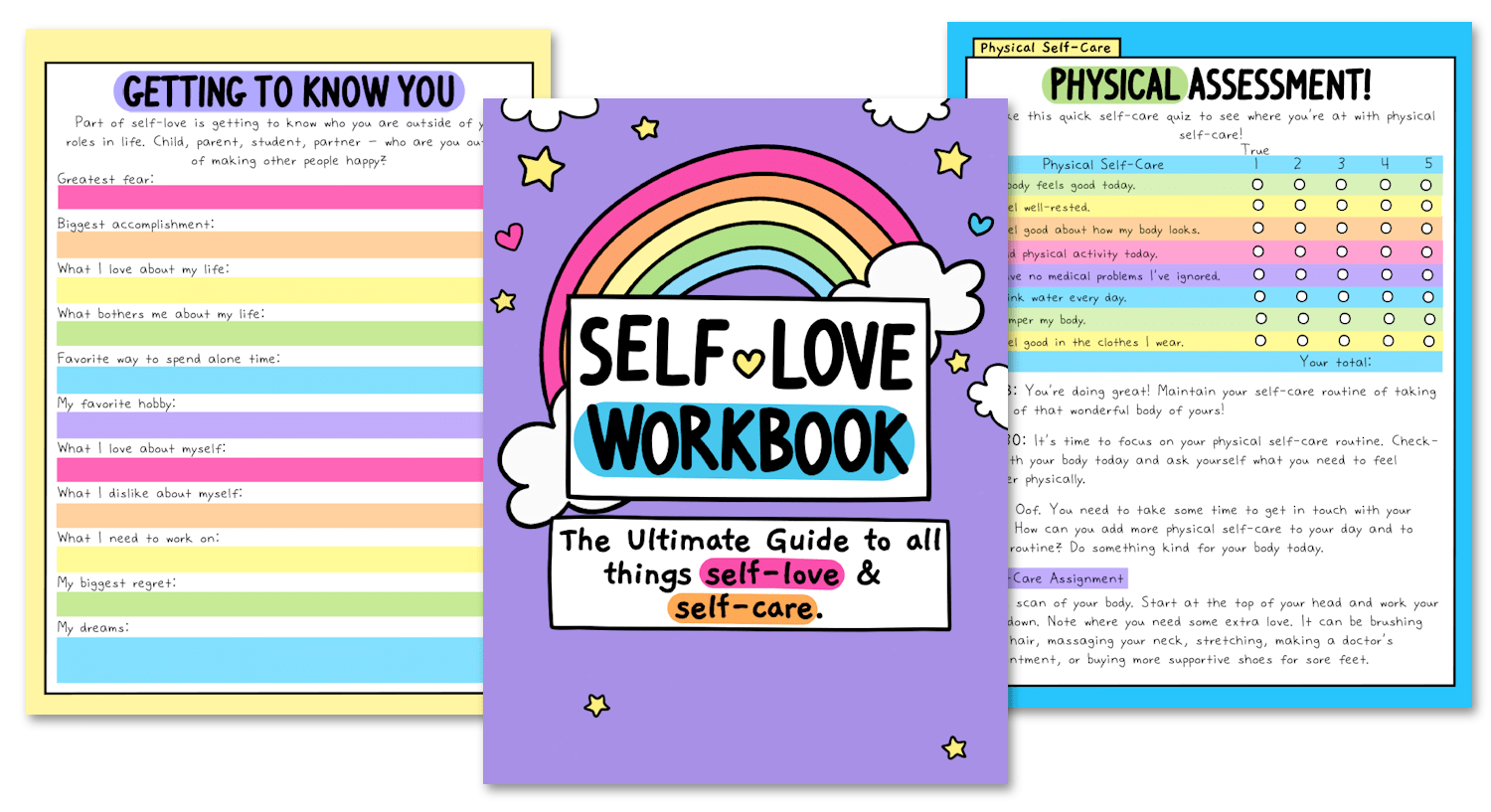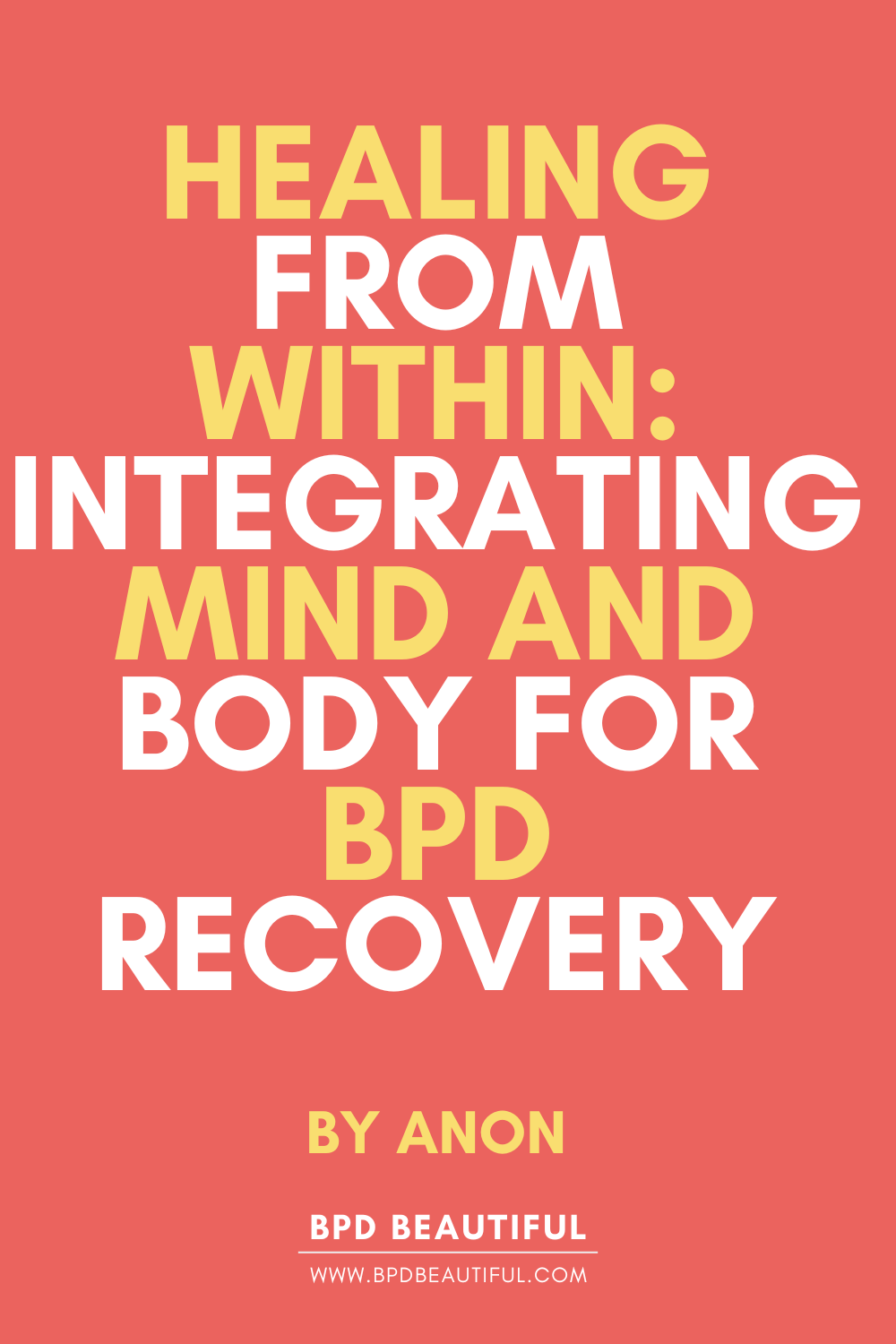The lives of persons who suffer from borderline personality disorder (BPD) and their loved ones can be upended by what can seem like an unrelenting storm. BPD is characterised by emotional instability, erratic relationships, and a crippling fear of being abandoned. But there is hope for BPD recovery, and it begins on the inside. Balance, healing, and a stronger sense of self can be attained by those with BPD through the integration of mind and body techniques.
Understanding the Mind-Body Connection in BPD Recovery
The body and psyche are closely related, and those with BPD are particularly affected by this relationship. Physical manifestations of emotional anguish include tension, exhaustion, and digestive problems. Emotional anxiety can sometimes be made worse by physical suffering. Understanding this interaction is essential to a successful recovery.
According to research, people with BPD frequently have elevated stress reactions, which leaves them more vulnerable to the physical consequences of emotional upheaval. Recovery can be made more difficult by long-term stress, which can affect immunity, sleep, and even brain function. Healing can be achieved holistically by addressing both mental and physical issues.
Strategies for Integrating Mind and Body in BPD Recovery
1. Mindfulness and Meditation
Dialectical Behaviour Therapy (DBT), one of the best therapies for BPD recovery, is based on mindfulness. Mindfulness enables people to observe their thoughts and feelings objectively by concentrating on the here and now. This practice reduces emotional reactivity and fosters self-awareness.
How to Get Started:
- Breathing Exercises: Spend 5-10 minutes each day focusing on deep, intentional breaths.
- Body Scans: Lie down or sit comfortably and mentally scan your body from head to toe, noticing areas of tension or discomfort.
- Guided Meditations: Use apps like Calm or Headspace to incorporate structured mindfulness practices into your routine.
2. Physical Activity as Emotional Release
Exercise naturally elevates your mood. Endorphins, which are released during physical exercise, help fight off the depressive and anxious symptoms that are typical of BPD. Yoga, walking, and swimming are examples of activities that provide opportunities for mindfulness in motion, enabling people to relax their thoughts and connect with their bodies.
Best Practices:
- Choose activities that feel enjoyable rather than overwhelming.
- Start small, such as a 10-minute daily walk, and gradually increase intensity.
- Combine movement with mindfulness by focusing on physical sensations during exercise.
3. Nutrition for Mental Health
The connection between diet and mental health is well-documented. A nutrient-rich diet supports brain function, stabilizes mood, and reduces inflammation, which is often linked to mental health disorders. Individuals with BPD can benefit from incorporating whole foods, lean proteins, and omega-3 fatty acids into their diets.
Tips for Eating Well:
- Include foods rich in omega-3s, such as salmon, walnuts, and flaxseeds, to support brain health.
- Avoid excessive sugar and processed foods, which can lead to mood swings.
- Stay hydrated and eat regular, balanced meals to maintain energy and focus.



Sadie’s Favorite: A Novel + Original Soundtrack is a character-driven story about BPD recovery, trauma bonds and breaking away from abuse.
4. Therapeutic Techniques to Address Trauma
Trauma may have a profound impact on the mind and body, and many people with BPD have experienced it in the past. The physical and emotional impacts of trauma are addressed by therapies like somatic therapy and Eye Movement Desensitisation and Reprocessing (EMDR). These methods assist people in rephrasing distressing experiences and releasing pent-up tension.
What to Expect:
- EMDR involves guided eye movements while recalling distressing memories to reduce their emotional impact.
- Somatic therapy focuses on bodily sensations and movements to process trauma and release tension.
- Regular therapy sessions can complement other recovery efforts by providing a safe space to explore emotions.
5. Establishing a Routine
For people with BPD, regularity and structure can provide a sense of security. A daily routine that is predictable lowers stress and aids in emotional regulation. Consistent attention to mental and physical health is ensured by incorporating self-care activities into daily routines.
Ideas for a Balanced Routine:
- Start the day with mindfulness or light stretching.
- Schedule regular meals and hydration breaks.
- Dedicate time to hobbies, journaling, or creative expression.
6. Supportive Relationships
It is not necessary to travel the path of recovery alone. Developing and preserving wholesome connections can offer inspiration and emotional support. Support groups and loved ones can celebrate accomplishments, share coping mechanisms, and offer encouragement.
How to Foster Supportive Connections:
- Be open about your needs and boundaries with trusted individuals.
- Join BPD-focused support groups, either in-person or online.
- Seek professional guidance to improve communication and interpersonal skills.
The Role of Professional Therapy in Recovery
A key element of BPD recovery is professional therapy, which provides individualised skills and symptom management techniques. The difficulties of combining mind and body activities can be helped by therapists with training in DBT, Cognitive Behavioural Therapy (CBT), or somatic therapies.
Key Benefits of Therapy:
- Provides a structured framework for emotional regulation.
- Teaches skills for distress tolerance and interpersonal effectiveness.
- Offers a safe space to explore trauma and its impact on the mind-body connection.
If therapy isn’t accessible, consider exploring online resources, self-help books, or mobile apps designed to teach DBT and mindfulness techniques.
Overcoming Challenges in Recovery
Recovery is rarely linear. Setbacks are a natural part of the process and do not indicate failure. Acknowledge challenges as opportunities for growth and focus on the progress you’ve made. Developing self-compassion is crucial—treat yourself with the same kindness you would offer a friend.
Tips for Staying Resilient:
- Keep a recovery journal to track successes and reflect on lessons learned.
- Practice gratitude daily by noting three things you’re thankful for.
- Celebrate small victories, such as managing a difficult emotion or completing a self-care activity.

The Self-Love Workbook
This 103 page digital workbook comes with three different PDFs – full color, a version with no color backgrounds, and a black and white version (to save on printing costs). You get access to all three and you can print whichever one works for you!
DOWNLOAD NOW FOR $10Each .pdf is capable of being filled in digitally. With Adobe on your desktop computer or on an app like XoDo for your phone, you can type your answers into the .pdf and save your progress without ever needing to print it.
Exploring Alternative Therapies
Rarely is BPD recovery linear. Failure is not indicated by setbacks, which are a normal part of the process. Recognise obstacles as chances for personal development and concentrate on your accomplishments. It’s important to practise self-compassion; be kind to oneself as you would a friend.
Alternative or complementary therapies may speed up the healing process for certain people. Acupuncture, art therapy, and equine-assisted therapy are a few examples of practices that may offer special approaches to emotional processing and self-connection.
Alternative Therapies to Consider:
- Acupuncture: Can help regulate the body’s energy flow and alleviate stress.
- Art Therapy: Offers a creative outlet for expressing emotions that may be difficult to verbalize.
- Equine Therapy: Involves working with horses to build trust, improve self-awareness, and develop emotional regulation skills.
Building a Long-Term Support Network
Maintaining development requires building a network of long-lasting support. Support groups, therapists, friends, and family may be a part of this network. Open communication and frequent check-ins can strengthen bonds and offer consolation during trying times.
How to Cultivate a Strong Network:
- Attend local or online support group meetings regularly.
- Keep loved ones informed about your recovery journey and goals.
- Don’t hesitate to reach out for help when needed.
Conclusion: A Holistic Path to BPD recovery
It is necessary to treat the mind and body in order to recover from BPD. Individuals can develop a thorough rehabilitation plan by pursuing professional support, exercising, eating a healthy diet, and practicing mindfulness. Although the path may be difficult, a happy and balanced existence is achievable with perseverance, self-compassion, and present-moment awareness.
Progress, not perfection, is what recovery is all about. You get closer to internal healing with each step you take towards mind-body integration. Keep in mind that the foundation for a better tomorrow will be laid by the tools you create now. With bravery and an open heart, embrace the journey.
Discover empowering resources and authentic recovery stories at BPD Beautiful, where warriors and loved ones find hope and practical support on their journey.
BPD Resources
BPD in Fiction: Sadie’s Favorite is a Novel + Original Soundtrack, that touches on BPD, favorite person (FP) relationships, healing after abuse, parenting and more. Written by Sarah Rose, creator of BPD Beautiful. Soundtrack performed by Them vs. Her.
Get 20% off your first month of BetterHelp. Get matched with a licensed therapist within 48 hours. Subscriptions as low as $65/week, billed every 4 weeks. Cancel anytime.
Manage your BPD symptoms with a printable workbook.
See our recommended list of books about BPD.
Start a Discussion
Due to the sensitive nature of this post (BPD and Christianity) and the potential for heated debates that could be triggering for some, comments have been turned off.
Pin This Post
Liked this post? Help support BPD Beautiful and spread BPD awareness for ‘BPD Christians’ by pinning it on Pinterest.




